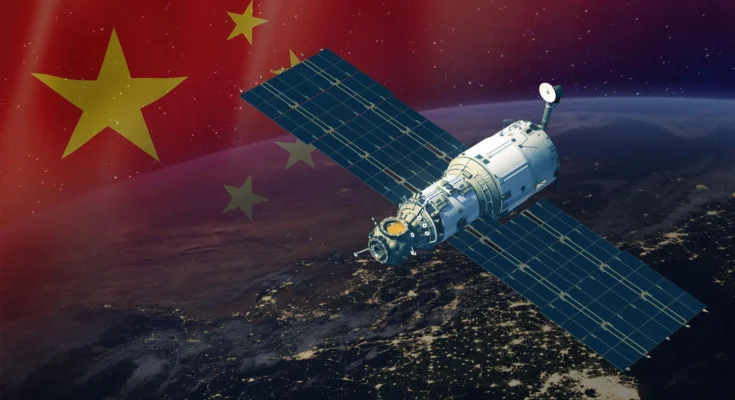Imagine harnessing the power of the sun—not from Earth, but from space—24 hours a day, unaffected by weather or nightfall. This is no longer just science fiction. China is advancing plans to build the world’s first one-kilometer-wide solar power station in space, a revolutionary project that could transform global energy production.

Construction of the project began in Chongqing in 2019, and Chinese engineers have described it as an endeavor of unprecedented scale—likening it to relocating the Three Gorges Dam (the world’s largest hydroelectric plant) into geostationary orbit, 36,000 kilometers above the Earth.

The core idea is as brilliant as it is bold. In space, solar panels can absorb uninterrupted sunlight—free from atmospheric interference, cloud cover, and the day-night cycle that limits Earth-based systems. This means continuous, high-efficiency energy generation. The collected solar energy will be converted into microwaves, which will then be beamed wirelessly back to receiving stations on Earth and converted into electricity. The technology draws from decades of research into wireless power transmission, but China is aiming to implement it at a scale never seen before.

What makes this project even more extraordinary is its efficiency. Space-based solar panels are expected to be up to 10 times more efficient than their terrestrial counterparts. The envisioned power station could generate energy equivalent to the total annual oil production of the world, offering a clean, virtually limitless alternative to fossil fuels. In a time when the global community is grappling with the twin crises of climate change and energy security, China’s initiative could represent a turning point.

To make this vision a reality, China is leveraging its rapidly advancing space program. The project will likely rely on the upcoming Long March-9 rocket, a heavy-lift launch vehicle currently in development and slated for use in the 2030s. This rocket is designed to carry massive payloads into high Earth orbit—critical for transporting the infrastructure required to assemble the solar station piece by piece in space.
The orbital solar farm will not only generate clean energy but also symbolize China’s growing technological prowess. It’s part of the country’s broader ambition to lead the world in space innovation and sustainable energy. Over the past decade, China has launched its own space station, landed rovers on the Moon and Mars, and invested heavily in solar, wind, and nuclear power on Earth.
While the potential is immense, the challenges are equally formidable. Developing reliable microwave transmission systems, building large structures in orbit, maintaining energy beam alignment, and ensuring safe, efficient energy reception on Earth are just a few of the technical hurdles that must be overcome. There are also concerns about the geopolitical implications of space-based energy systems, including questions of regulation, safety, and international cooperation.
Despite these challenges, the project reflects a growing global interest in space-based solar power (SBSP). Scientists and engineers in the U.S., Japan, and Europe have explored similar concepts for decades, but China appears to be moving the fastest toward actual implementation.
If successful, this initiative could usher in a new era of renewable energy, one where space is not just a frontier for exploration, but a platform for powering Earth itself. The implications are vast: cities could run on solar energy beamed from orbit; remote regions could gain access to reliable electricity; and humanity could take a major leap toward a carbon-neutral future.
China’s space solar station is more than an engineering marvel—it’s a visionary step toward solving one of the greatest challenges of our time. As the world watches, the project could mark the dawn of a future where clean energy comes from above the clouds, lighting the way toward a more sustainable planet.



